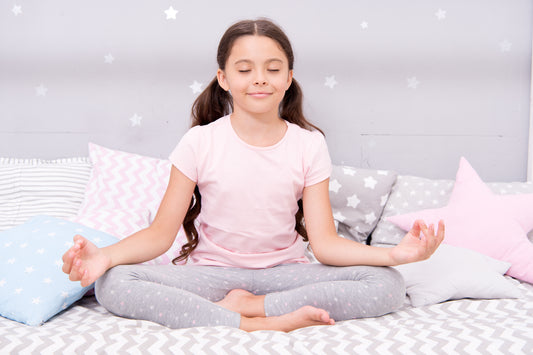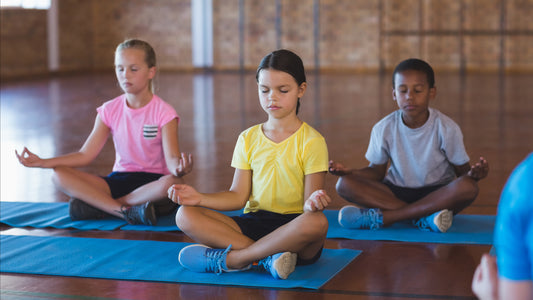In today's fast-paced world, where 10-year-olds are juggling school, extracurricular activities, and social engagements, finding moments of quiet and stillness can be a challenge. Yet, amidst the hustle and bustle, fostering inner peace and emotional well-being remains crucial for their development. Meditation, an ancient practice rooted in mindfulness and self-awareness, has emerged as a powerful tool for both adults and children, offering a pathway to cultivate calm and enhance emotional regulation.
When introducing meditation to 10-year-olds, it's important to consider their age, attention span, and preferences. The ideal duration for a 10-year-old's meditation session is between 5 and 10 minutes. This timeframe allows them to explore the practice without feeling overwhelmed or losing focus.
Determining the appropriate meditation duration for a 10-year-old:
- Start with shorter sessions: Begin with 5-minute meditation sessions to allow your child to get comfortable with the practice and gradually increase the duration as they become more familiar with it.- Observe their attention span: If your child seems restless or distracted during longer sessions, consider shortening the duration until they can maintain focus for a longer period.
- Seek their input: Involve your child in deciding the length of their meditation sessions. This empowers them to take ownership of their practice and encourages them to participate willingly.
- Adapt to their needs: Adjust the meditation duration based on your child's individual needs and preferences. Some children may thrive with longer sessions, while others may prefer shorter ones.
- Focus on consistency: Regularity is key to reaping the full benefits of meditation. Encourage your child to meditate consistently, even if it's just for a few minutes each day.
Tips for Making Meditation Enjoyable for 10-Year-Olds:
- Incorporate playful elements: Make meditation fun and engaging by incorporating playful techniques, such as guided visualizations, meditation buddies, interactive games, or mindful coloring activities.
- Explore different techniques: Experiment with various meditation techniques, such as body scans, mindfulness exercises, or loving-kindness meditation, to find what resonates with your child.
- Choose a calming environment: Create a serene and distraction-free space for meditation, with soothing music, soft lighting, and meditation rug or comfortable seating.
- Be patient and supportive: Children learn at their own pace, so be patient and understanding as they explore meditation. Avoid imposing expectations or creating pressure.
- Celebrate progress: Acknowledge and celebrate your child's progress, no matter how small, to reinforce their efforts and foster a sense of accomplishment.
Ultimately, the most important thing is to encourage your child to develop a regular meditation practice that they enjoy and that supports their physical, mental, and emotional well-being. This will lead them to continue with the practice when they become teenagers and the use of meditation becomes very helpful.
Wondering how to teach meditation to children? Visit our GUIDE
To learn more about meditation for children, visit our BLOG.




